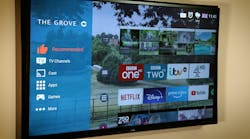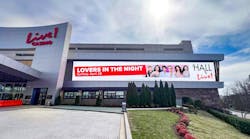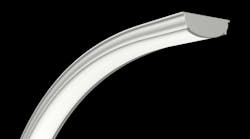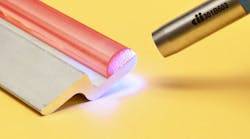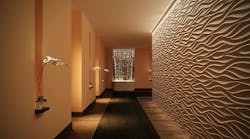Arkon Power’s Graham Brown predicted in October 2018 that sports court lighting would be a growth market for the Tampa Bay-area company. But even Brown has been surprised at how successful the sector—including tennis court lighting, pickleball court lighting, basketball court lighting and other courts—has been.
“LEDs are just ideal for the outdoor recreational sports setting,” Brown said. “Not only are they less expensive to operate and maintain, they reduce glare and improve playing conditions. They’re a winner all around.”
Since 2018, Arkon has installed LED lighting over a significant number of tennis courts, as well as several basketball courts across the state of Florida. Arkon is not alone. Countless universities across the country have turned to LEDs for their athletics facilities, and installation data indicates municipal and private sports court managers countrywide are turning to LEDs to save money on high-quality site lighting.
“LED tennis courts are becoming the preferred solution in areas with high energy costs,” said one tennis court lighting expert. “Beyond extreme energy efficiency, LED luminaires reduce light trespass and virtually eliminate maintenance.”
According to Brown, tennis courts thrive under LED fixturess, usually hung at 18 to 22 feet. Unique lenses, recessed LEDs and directional lighting reduce glare. And the lights’ optical systems are optimized to illuminate courts' primary playing area (PPA). The PPA extends 10 feet behind each baseline and 6 feet beyond the sidelines.
The light levels inside the PPA are measured through photometric studies, which Arkon completes in-house for every court lighting project. The criteria measured through the photometric studies include the average maintained horizontal footcandles, minimum maintained footcandles and maximum uniformity ratio of footcandles. The measurements determine the specific class of lighting installed on the court. The classes are based on play level—for example, Class I is professional and Class II is collegiate.
Included in the sports complex jobs completed by Arkon are Tampa Palms, a planned community in New Tampa just north of the University of South Florida. Arkon provided Tampa Palms a photometric analysis showing eight 450-watt LED area lights could provide ideal lighting across the entire playing area. The LED replacement of Tampa Palms’ legacy metal halide fixtures fit on four new concrete lighting poles, also provided by Arkon.
“We are very happy with the end result of the product—we are very happy with what Arkon came up with,” Tampa Palms North Owner Association Manager Deborah Paul said. “On the older halide fixtures, every time the lights went out, we had to bring out the lift, and it was quite expensive.”
Arkon has also completed multiple court lighting projects throughout Florida for The Valencia Del Sol Development in Wimauma (south of Tampa), the City of Safety Harbor, Live Oaks Reserve in Oviedo, Eastwood Tennis Courts in Orlando, Village of Woodland Hills in Palm Harbor and Advenir Magnolia in Orlando. For Safety Harbor, Arkon replaced 16 1,000-watt metal halide bulbs over two Marshall Street Park tennis courts with LED fixtures. Arkon engineers determined they could produce the required amount of light with just eight 600-watt LED lights. On Safety Harbor’s Marshall Street racquetball courts, Arkon replaced eight 1,000-watt metal halides with eight 320-watt LED streetlights.
“LEDs are a no-brainer for so many market segments, but perhaps none more than court lighting,” Brown said. “I’ll say it again—we expect this market to keep growing. And we’ll be there for folks when they decide to make the move.”
Contact:
Arkon LED

